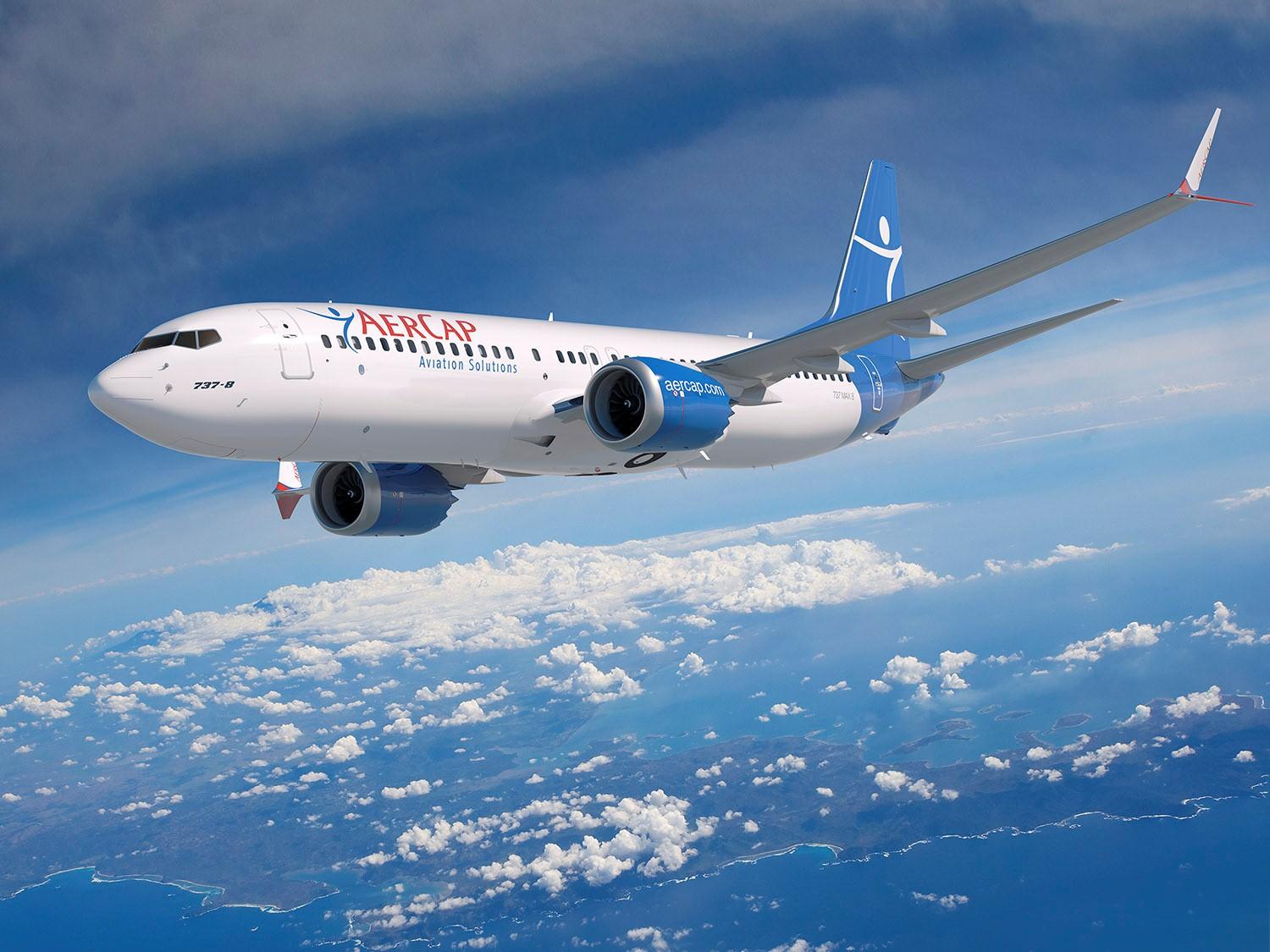
Airlines are currently AerCap’s biggest buyer of older airplanes, as they strive to secure enough capacity for long-term demand amid OEM production constraints.
“The [older airplanes] are being bought because the airlines don’t believe what the OEMs are telling them,” CEO Aengus Kelly told investors and analysts May 2 on the Dublin-based lessor’s 2023 first quarter (Q1) earnings call.
Demand for spare engines is also up across the board, driving lease rate hikes of more than 30% on certain engine types, Kelly said.
“It’s not just limited to new aircraft engine types,” Kelly noted of the demand. “What we’re seeing is in the MRO shops there is a lack of supply of certain critical parts for different engine types, which is leading to long lead times, which is pushing up demand for spare engines ... and from what we see over the next several years, we don’t see that changing.”
The lessor executed 252 transactions in Q1, including 155 lease agreements, 56 purchases and 41 sales. Of its new aircraft order book, 99% are placed through 2024. At the end of the quarter, AerCap had 3,500 aircraft, engines and helicopters that were owned, on order or managed—a portfolio that expanded in 2021 as a result of its GECAS acquisition. The average age of its owned aircraft fleet at the end of Q1 was 7.2 years—or 13.6 years for current technology aircraft. AerCap noted that a complementary portfolio strategy was one of the qualities that made GECAS so attractive and was something now helping to position AerCap well in the current market.
“A young fleet of 737s, 777s is not a good thing to have because you won’t get 20 more years out of them,” Kelly said. “But having 16, 17-year-old variants is absolutely fine because the airlines need them now and they’re buying.”
He added, “Don’t fall for the fool’s gold of young airplanes being a good indicator of a portfolio.”
Looking ahead, AerCap pointed to the opening of China as “the last big leg to drop,” in returning to 2019 traffic levels. The lessor noted to investors that it expects, over time, its exposure to China to decrease “for a myriad of reasons,” including an enhanced focus from Chinese lessors on the domestic market.
In Q1, AerCap revenues reached $1.87 billion, up 4% year-over-year, on a 65.4% decrease in total expenses to $1.4 billion. The lessor reported a net income of $432.1 million, versus its year-ago quarter’s net loss of $2 billion. AerCap sold 35 assets for $639 million in the quarter, representing a net gain of $100 million, compared to a net gain of $3 million in Q1 2022, on the sale of 23 assets for $452 million.
